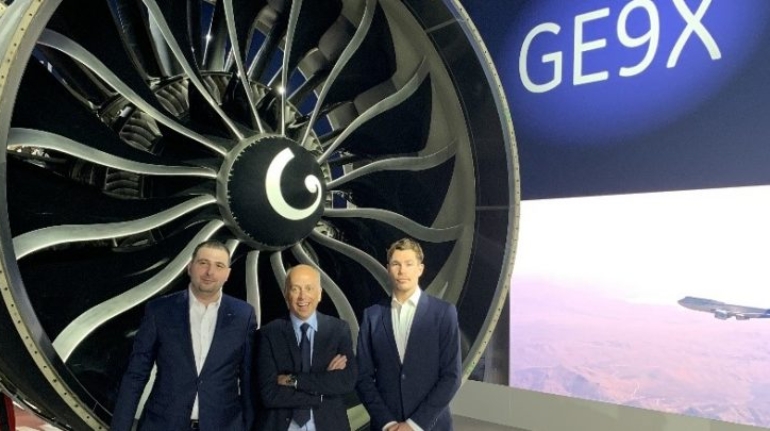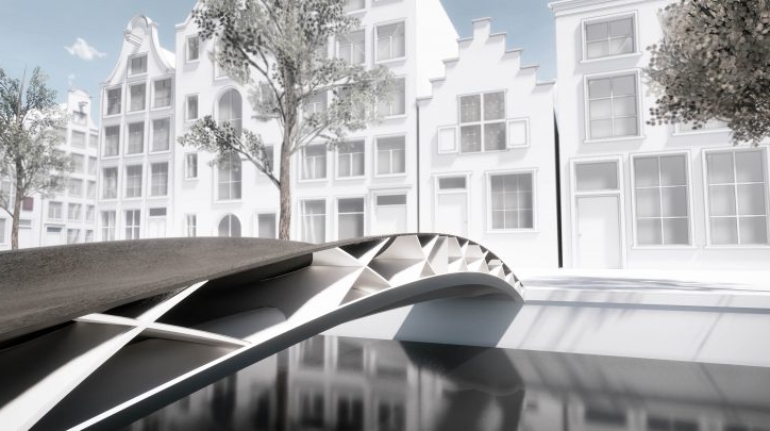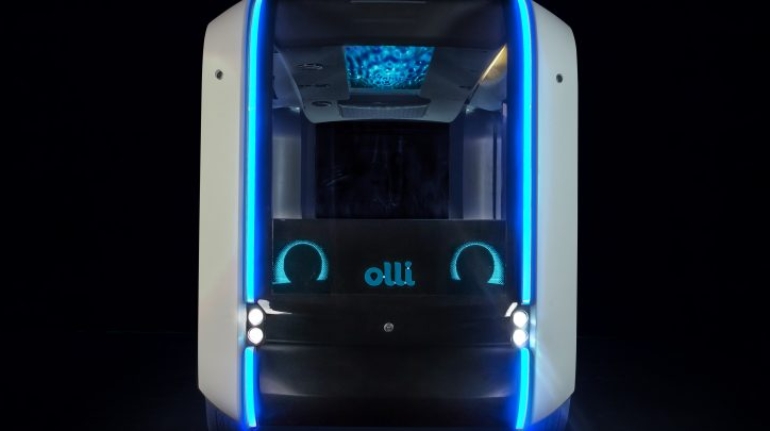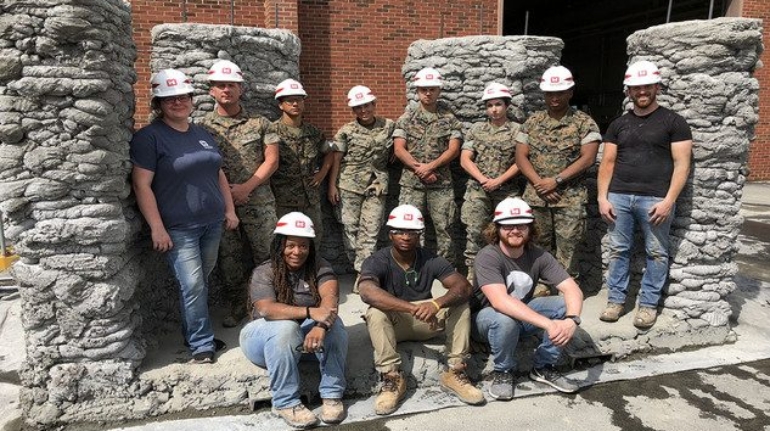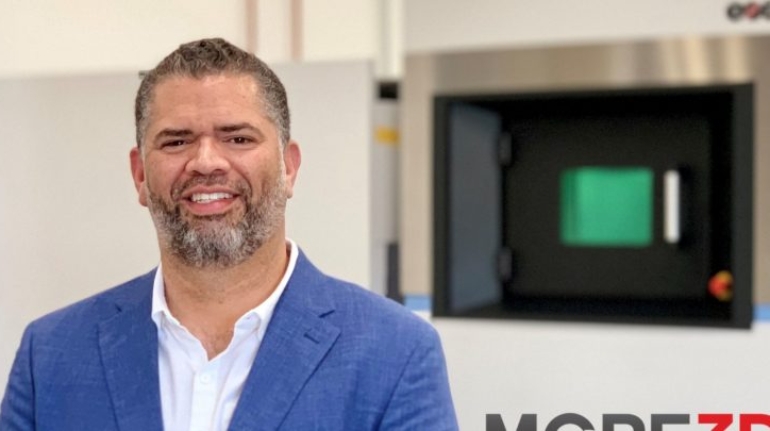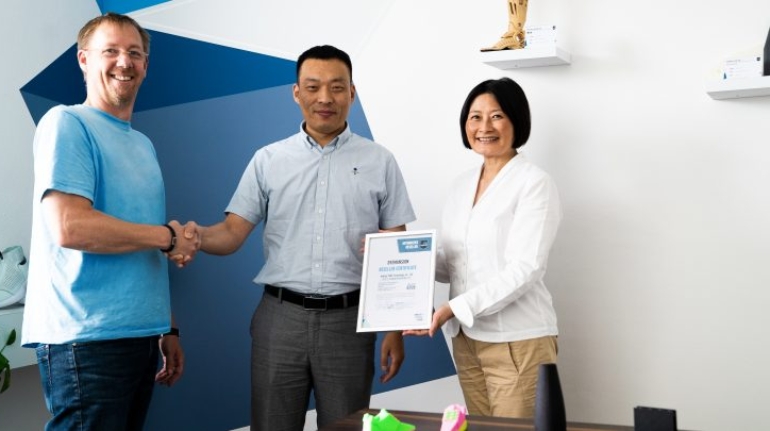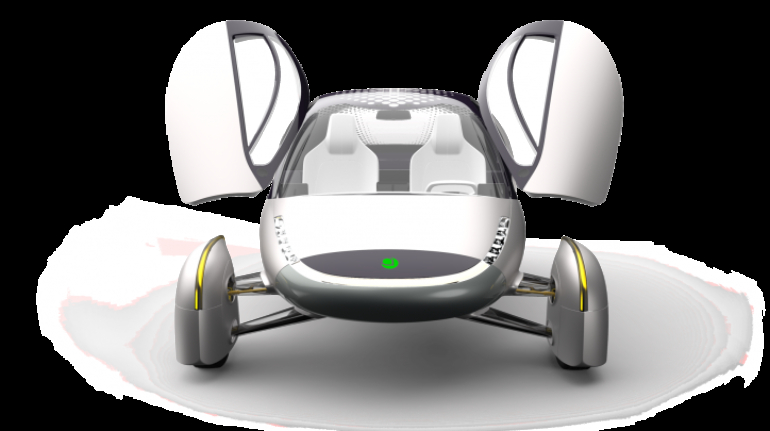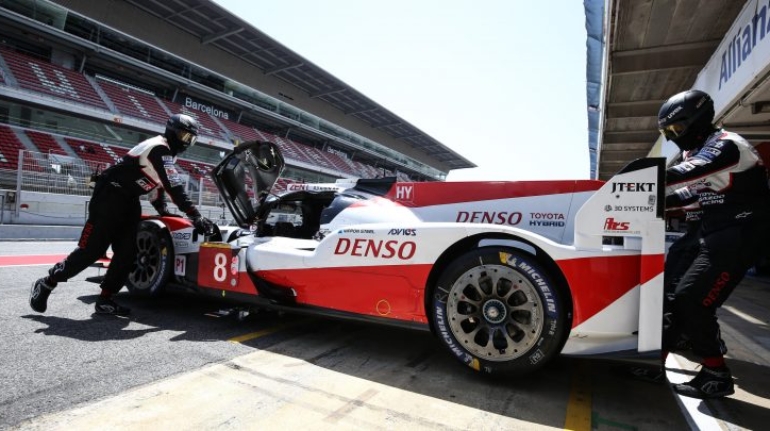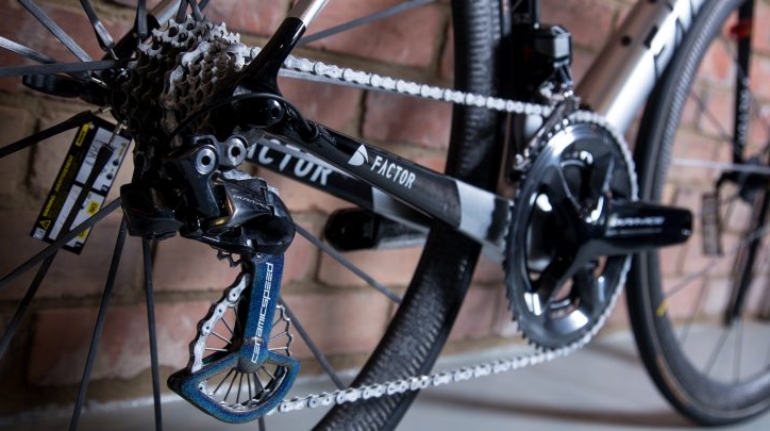3D ExchangeNet and 3D Alliances team up to offer 3D startups funding and M&A services AM Industry
3D ExchangeNet (3DX), a Cleveland, Ohio based intermediary that aims to reshape the 3D marketplace, and 3D Alliances from Israel, which specializes in the deployment of global channel networks for innovative 3D printing companies, announced today a new collaboration agreement. Through this partnership, both parties will assist companies in the additive manufacturing/3D printing industry that are seeking funding to accelerate inorganic business growth, as well as with mergers and acquisitions.


